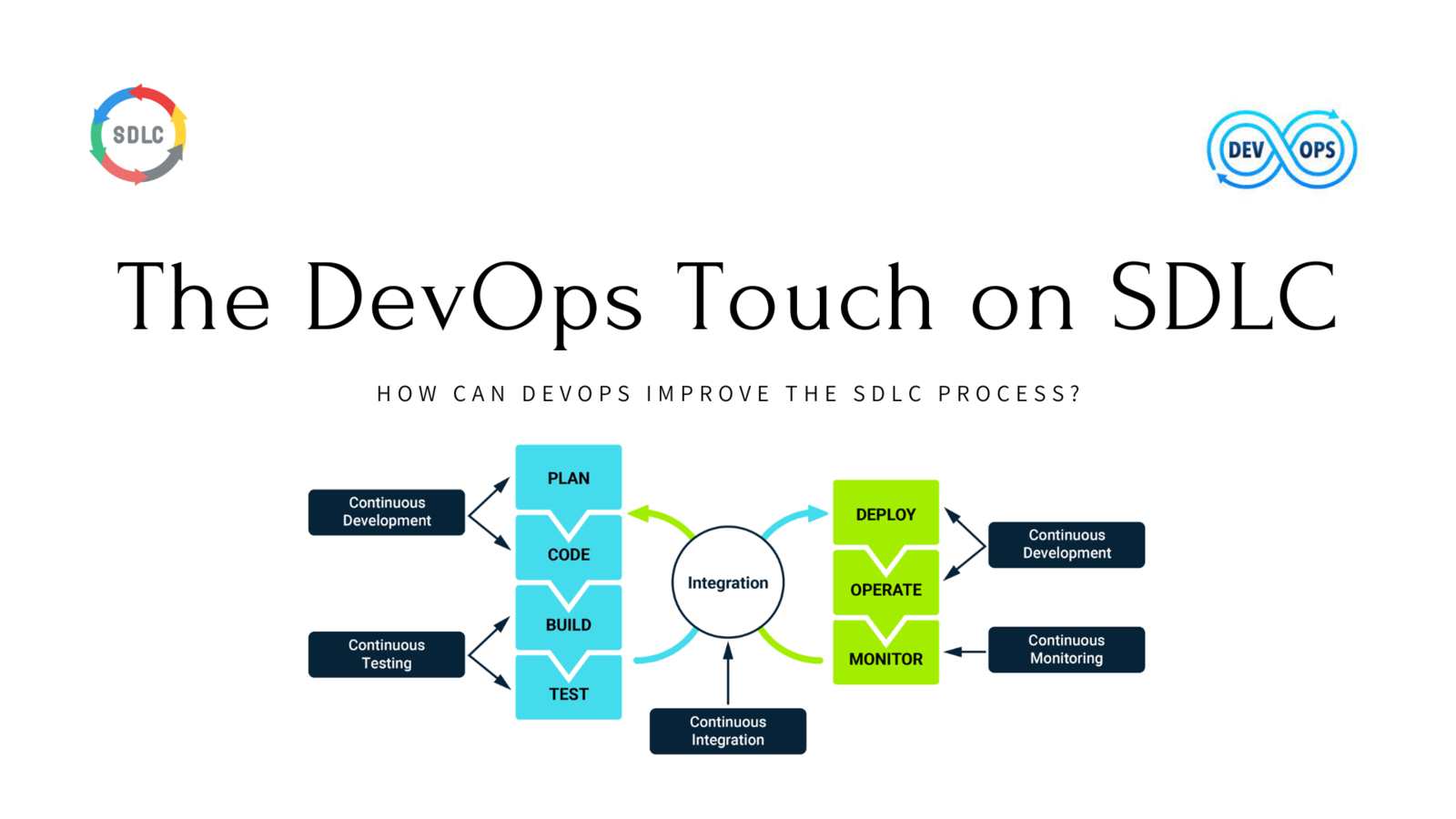Enhancing Efficiency: The DevOps Touch on SDLC (Day-2)
 Rohit Deore
Rohit Deore
In the fast-paced world of software development, the Software Development Life Cycle (SDLC) serves as the compass guiding us through the creation of robust and reliable software. Today, let's unravel the layers of SDLC and explore how the transformative power of DevOps can elevate this process to new heights.
Understanding SDLC: A Roadmap for Success
The Software Development Life Cycle (SDLC) is like a roadmap that software developers follow to design, develop, test, deploy, and maintain high-quality software. It's a methodical approach that ensures each phase is meticulously executed, laying the foundation for successful software applications.
Phases of SDLC: Navigating the Journey
Planning: The initial phase involves defining the project scope, objectives, and requirements. It's like setting the coordinates for our journey.
Design: Once we know where we're heading, it's time to create the blueprint. This phase involves designing the software architecture and user interfaces.
Development: This is where the actual coding takes place. Developers bring the design to life, creating the functionality outlined in the previous phases.
Testing: No journey is complete without quality checks. Testing ensures that the software works as intended, identifying and fixing any bugs or issues.
Deployment: With everything checked and validated, it's time to launch our creation into the real world. Deployment involves making the software available for users.
Monitoring and Maintenance: Even after deployment, we continue to monitor the software's performance and address any issues that may arise. It's like maintaining a vehicle for a smooth ride.
How DevOps Transforms the SDLC Process: A Harmonious Symphony
Now, let's introduce the game-changer: DevOps. DevOps is like the conductor orchestrating a harmonious symphony between development and operations teams.

Automation: DevOps introduces automation at every phase, reducing manual efforts and minimizing errors. It's like having a trusty GPS that automates navigation, ensuring we stay on the right path.
Collaboration: DevOps breaks down the walls between development, testing, and operations teams. It promotes open communication and collaboration, ensuring everyone is on the same page. It's like having a team of navigators sharing real-time updates during the journey.
Continuous Integration and Continuous Deployment (CI/CD): DevOps introduces CI/CD practices, allowing for the continuous integration of code changes and seamless deployment. It's akin to having an express lane for updates, ensuring swift and reliable delivery.
Feedback Loop: DevOps establishes a feedback loop, enabling constant communication and improvement. It's like having passengers providing real-time feedback on the journey, allowing for adjustments along the way.
In essence, DevOps transforms the traditional SDLC journey into a streamlined and collaborative process, where automation and communication work in tandem for efficient software delivery. It's not just a methodology; it's a philosophy that enhances the entire software development experience.
Subscribe to my newsletter
Read articles from Rohit Deore directly inside your inbox. Subscribe to the newsletter, and don't miss out.
Written by

Rohit Deore
Rohit Deore
Student and Developer